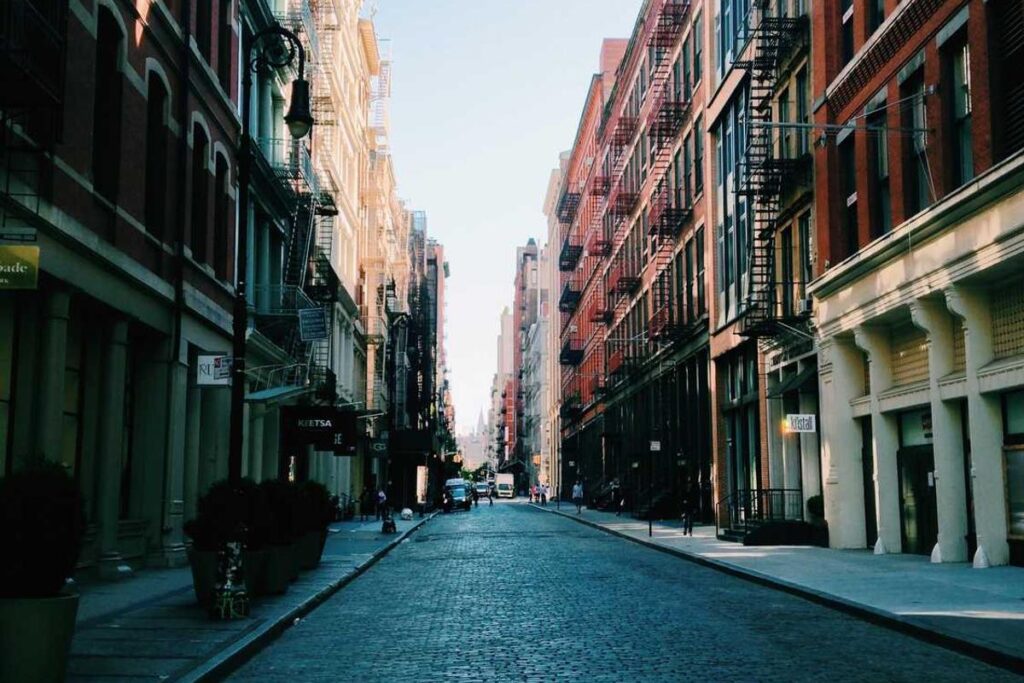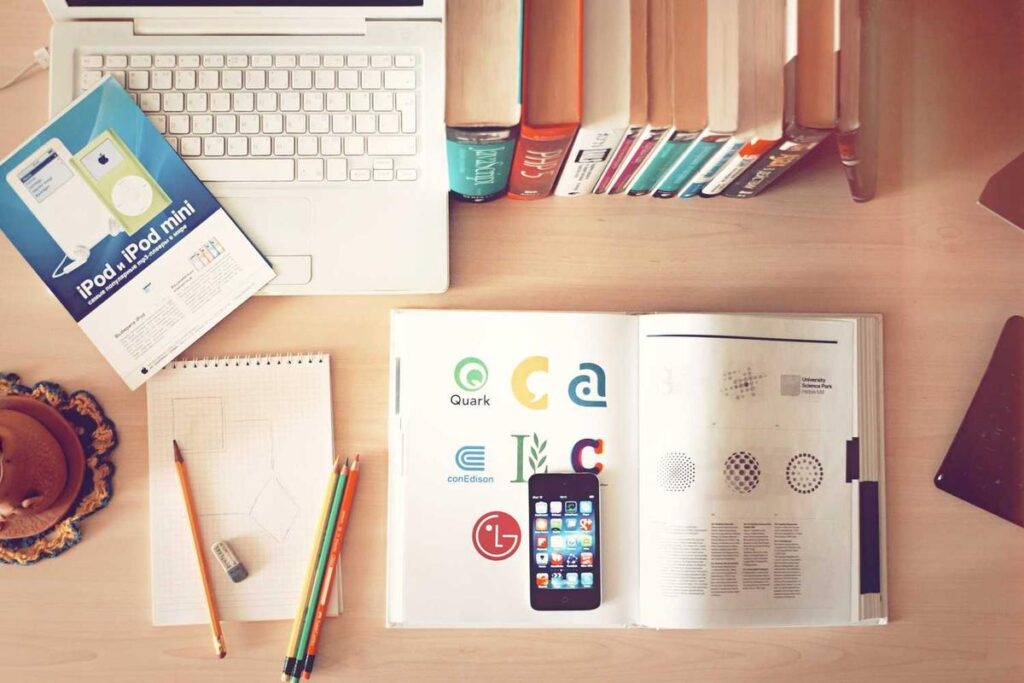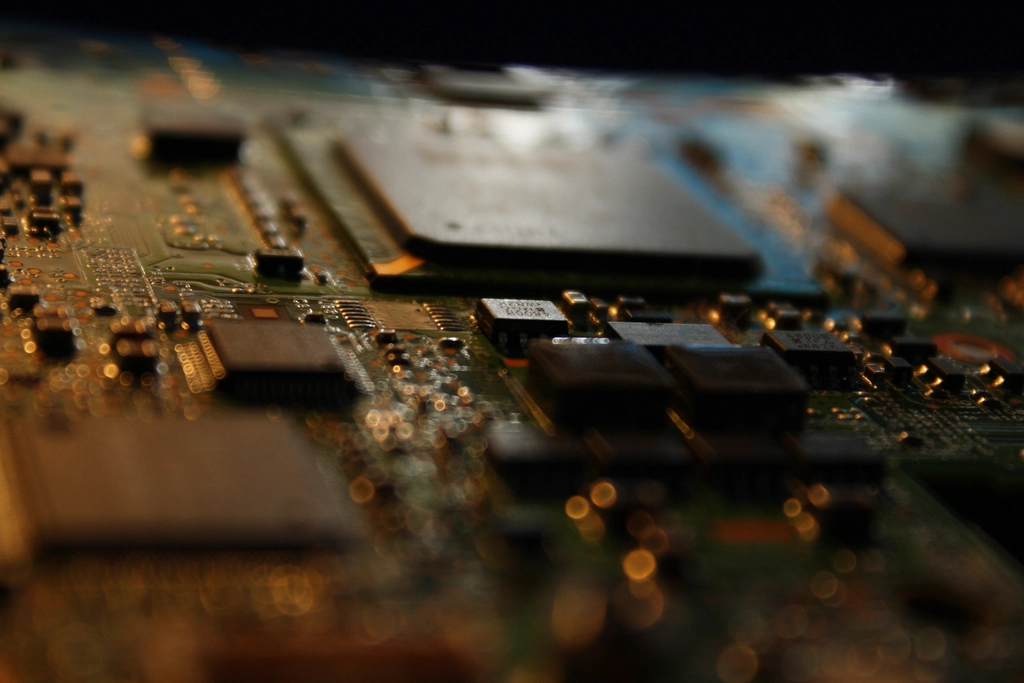Explore how AI is being used to create stunning visual art, the implications for artists, and its impact on the art market
As the digital landscape continues to evolve at a rapid pace, artificial intelligence (AI) is carving out new realms of possibility across various sectors. One such burgeoning frontier is the world of digital art. AI-generated art is not just a technological novelty; it is a paradigm shift with profound implications for artists, collectors, and the broader art market. This article delves into how AI is being harnessed to create stunning visual art, the challenges and opportunities it presents for artists, and its transformative impact on the art market.



Understanding AI-Generated Art
AI-generated art refers to artworks created entirely or in part by artificial intelligence algorithms. These algorithms can analyse vast datasets of existing artworks to generate new pieces that mimic or reinterpret styles, themes, or techniques. The most common AI models used in art generation are neural networks, particularly Generative Adversarial Networks (GANs) and Variational Autoencoders (VAEs).
The Mechanism Behind AI Art Creation
AI models like GANs consist of two neural networks: a generator and a discriminator. The generator creates images, while the discriminator evaluates them against real artwork data. Through a process of feedback and adjustment, the generator learns to produce increasingly sophisticated images that can pass for human-created art. This iterative learning process is akin to a self-improving cycle, enabling the creation of increasingly complex and aesthetically pleasing artworks.
The Role of AI in Redefining Creativity
The advent of AI in art challenges traditional notions of creativity. Historically, creativity has been considered a uniquely human trait, rooted in emotional and cognitive processes. However, AI’s ability to generate art prompts a reevaluation of what creativity means and who—or what—can possess it.
Human-AI Collaboration
AI-generated art does not necessarily replace human creativity; rather, it can augment it. Artists can use AI as a tool to explore new styles, experiment with form and colour, and push the boundaries of conventional aesthetics. This synergy between human intuition and machine efficiency can lead to novel artistic expressions that neither could achieve alone.
Case Studies of AI in Art
Several high-profile examples highlight the potential of AI in art. In 2018, an artwork created by the AI model GAN, titled “Portrait of Edmond de Belamy,” was sold at Christie’s auction for $432,500. This event marked a significant milestone, illustrating the market’s readiness to embrace AI-generated art. Similarly, platforms like Artbreeder and DeepArt have gained popularity, allowing users to create unique artworks by blending different images using AI algorithms.
Implications for Traditional Artists
The rise of AI-generated art poses both challenges and opportunities for traditional artists. While some fear that AI might overshadow human creativity, others see it as a new medium to explore.
Challenges Faced by Artists
- Authenticity and Originality: The question of authorship and originality is paramount. As AI can mimic styles and techniques, determining the originality of artworks becomes complex. This raises ethical concerns about intellectual property and the attribution of creative works.
Market Competition: The influx of AI-generated art could saturate the market, making it challenging for traditional artists to compete. This competition may drive down prices and alter the perceived value of human-created art.
Opportunities for Artists
New Tools and Mediums: AI offers artists new tools to experiment with, enabling the exploration of uncharted creative territories. Artists can leverage AI to enhance their work, generate ideas, or even create entire pieces.
Expanding Audience Reach: AI-generated art can attract audiences interested in technology and innovation, thereby broadening the appeal and reach of an artist’s work.
Impact on the Art Market
The integration of AI into the art world is reshaping the market dynamics, influencing how art is produced, valued, and consumed.
Democratization of Art Creation
AI tools and platforms make art creation more accessible, allowing individuals without formal training to produce compelling artworks. This democratization can lead to a more inclusive art community, where diverse voices and perspectives are represented.
Shifts in Art Valuation
The valuation of AI-generated art poses unique challenges. Traditional art is often valued based on the artist’s reputation, historical significance, and uniqueness. With AI, these criteria are less applicable, necessitating new frameworks for assessing value. Factors such as algorithm complexity, the novelty of the generated work, and the degree of human involvement might play a more significant role in valuation.
Ethical and Legal Considerations
As AI-generated art becomes more prevalent, ethical and legal questions arise. Who owns the copyright to AI-generated works—the artist, the developer of the AI, or the AI itself? How do we ensure fair compensation for artists who collaborate with AI? These issues require careful consideration and the development of new legal frameworks to accommodate the unique nature of AI-generated art.
The Future of AI in Art
The trajectory of AI-generated art suggests a future where AI and human creativity coexist and complement each other. As AI technology advances, its capabilities in understanding and generating art will continue to grow, potentially leading to even more sophisticated and diverse artworks.
The Role of AI in Art Education
AI can play a pivotal role in art education by providing students with new tools and methodologies. For example, AI can assist in teaching art history through data-driven insights or offer personalised feedback on students’ work. Integrating AI into art education can prepare the next generation of artists to thrive in a digitally-enhanced creative landscape.
Potential for New Art Movements
AI-generated art may give rise to entirely new art movements, characterised by the seamless integration of technology and creativity. These movements could redefine artistic norms and inspire innovative practices that challenge the status quo.
Conclusion
AI-generated art represents a significant shift in the realm of digital creativity, offering both challenges and opportunities for artists and the art market alike. As AI continues to evolve, its role in art will likely expand, prompting ongoing dialogue about the nature of creativity, authorship, and artistic value. Embracing AI as a collaborative partner rather than a replacement for human creativity could pave the way for a more dynamic and inclusive art world. The future of art, enriched by the capabilities of AI, promises to be an exciting frontier of innovation and exploration.


